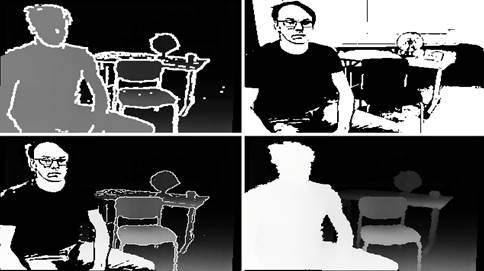

Musicians can hear scores as music; could artists be trained to see subjects as line drawings? This is about "priming". In skilled sight-readers, the response to printed music gets modified so that the musician "hears" the music — so-called audiation. I would like to do something analogous: modify the response to realistic scenes so that the artist "sees" them as line drawings.
Imagine a program that displays many paired images. The first image in each pair would be a photo. The second would be a line drawing of it made by an artist or by a non-photorealistic drawing program. Could this train me to learn associations between parts of the photo and their line-drawn counterparts, so that I can then mentally switch from one to the other?
Glyn Humphreys, who I discussed this with, thought this worth following up.
I don't know how many different photo/drawing pairs would be needed for effective training, but if it was a lot and an artist had to do all the drawings, it could be expensive. So I was excited to come across the smart-glasses developed by Stephen Hicks. These were designed to help people with very bad sight, displaying cartoon-like drawings of a scene and so making it easier for the wearers to identify objects. This blog post by Hannah Thompson describes how the glasses transformed her shopping, enabling her to see, for the first time ever, the cheeses in the Oxford Cheese Shop.
Here are two examples of the glasses'
display:


The glasses' "drawings" don't contain all the information learners should know about, such as apparent ridges. But they do contain contours and informative areas of shade such as that under the lip, and could at least be used as starting points which an artist could then modify.